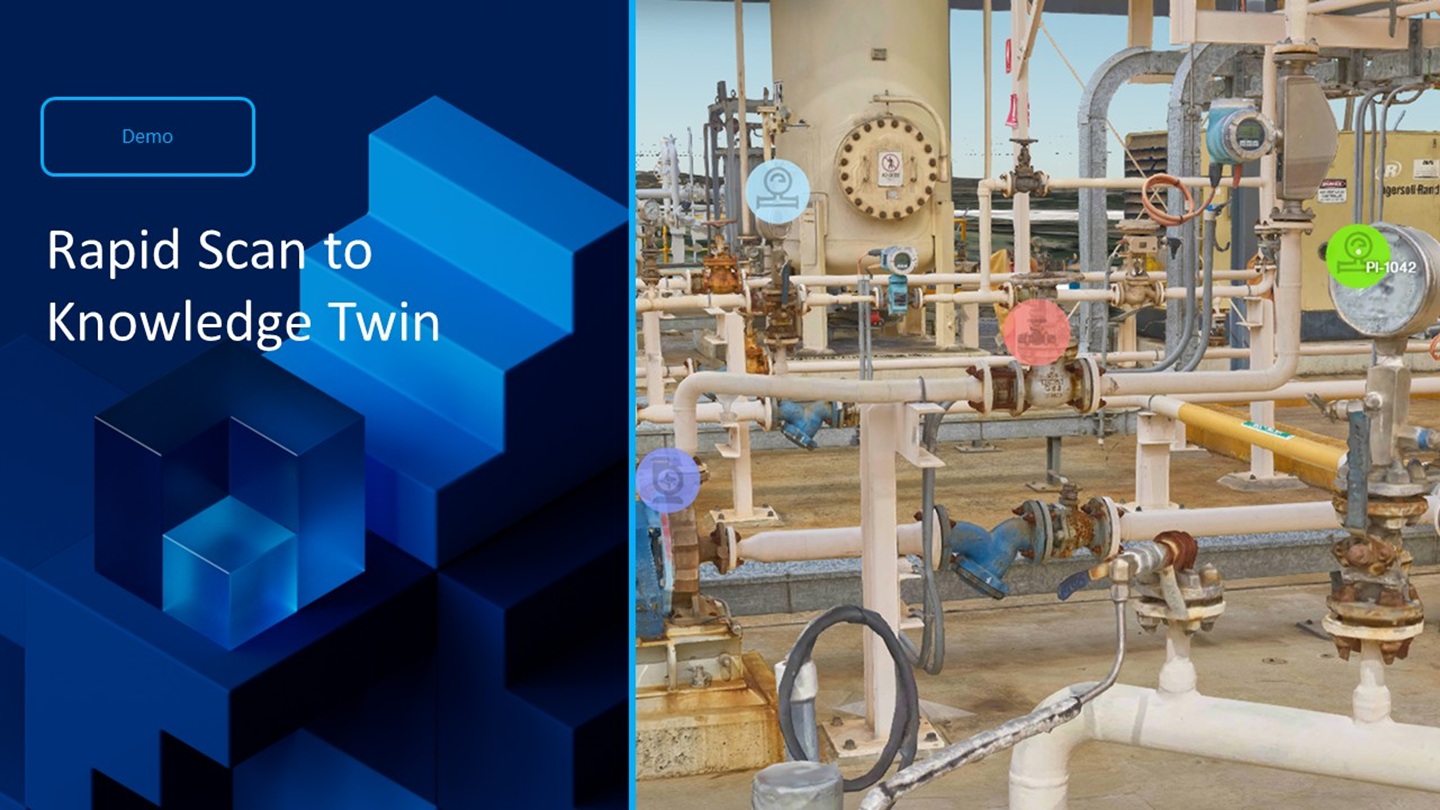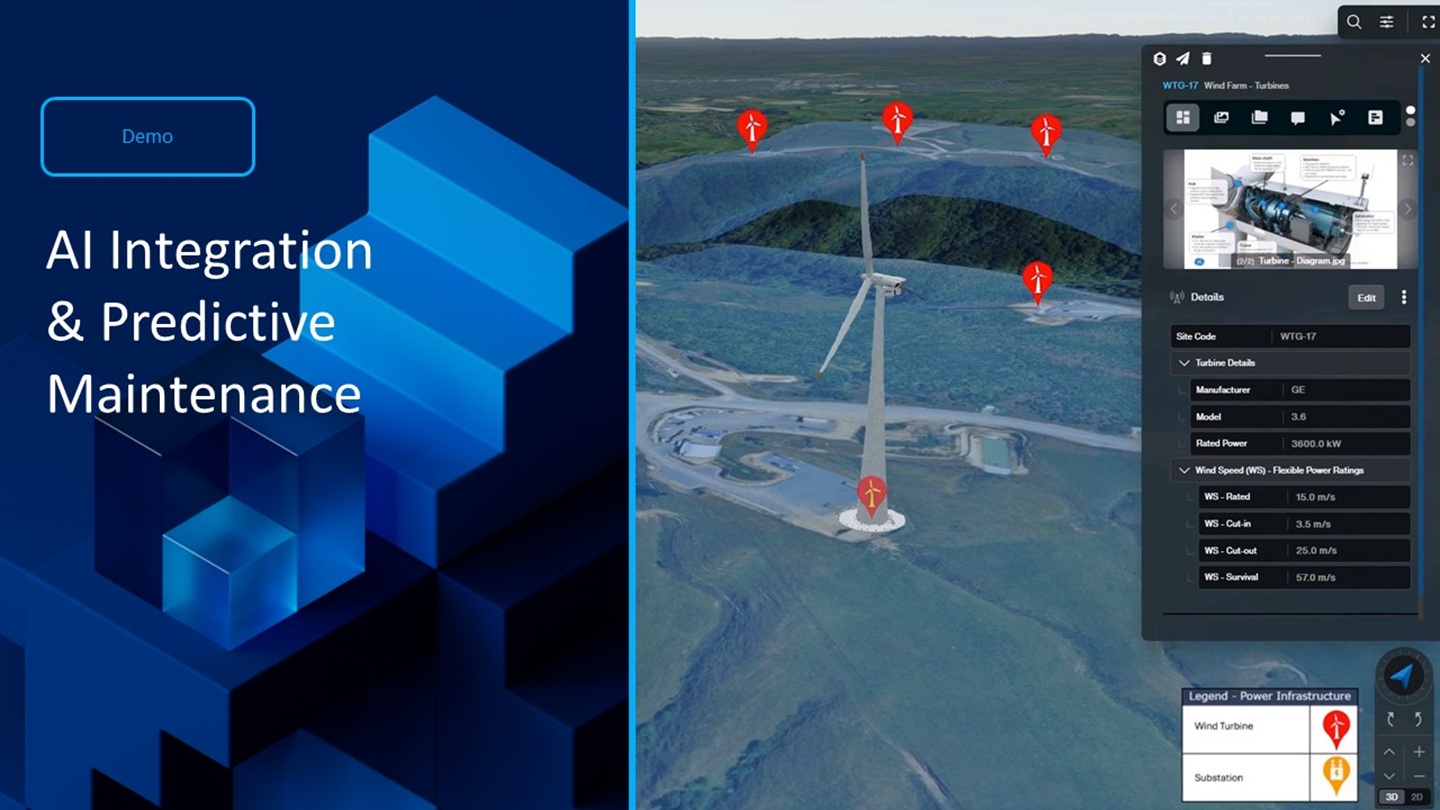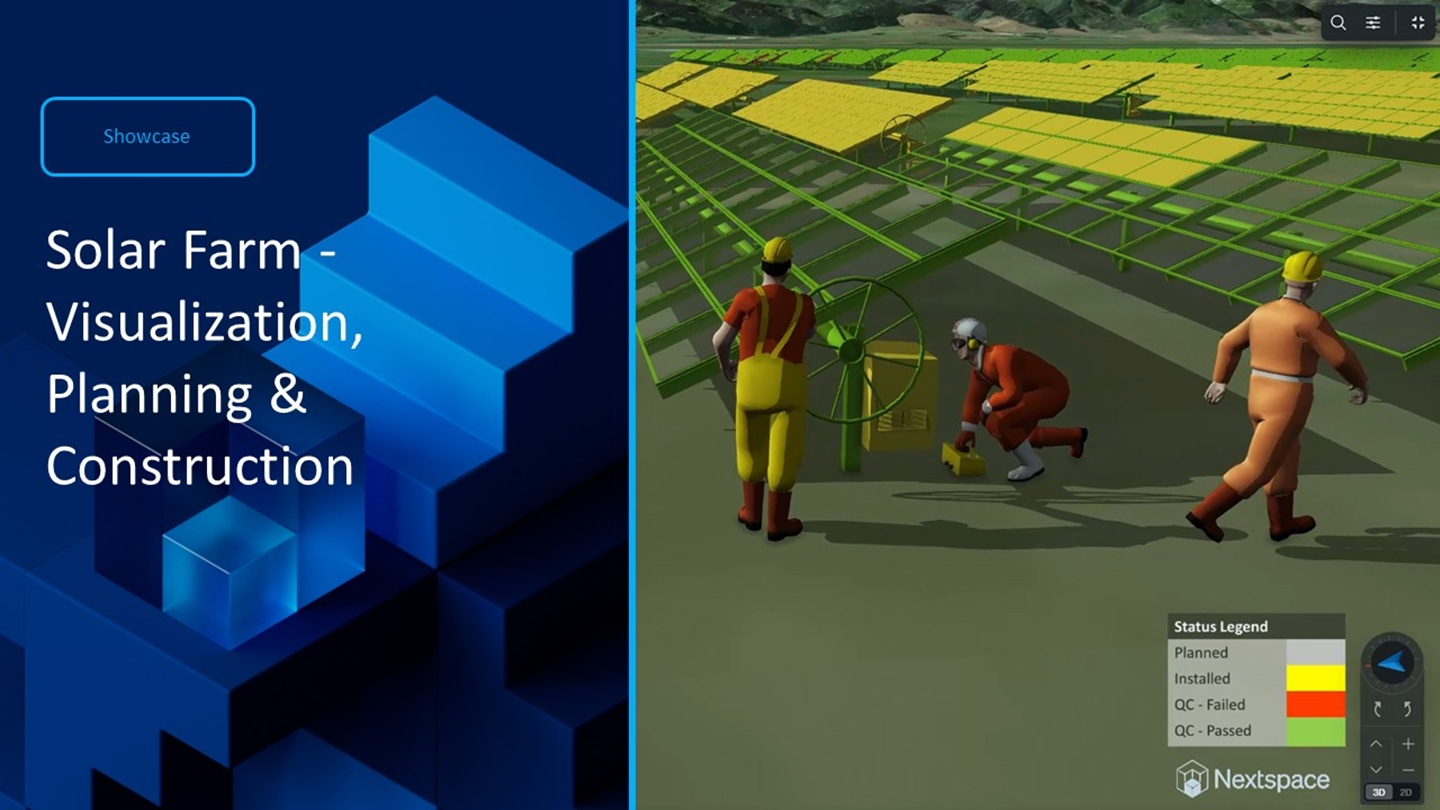Utilities - Amalgamating NZ’s 3 Waters’ Data - Showcase
The building Innovation partnership VIP is an industry-led research program focused on improving infrastructure planning and investment decision-making. We aim to use digital twin technologies and metadata standards to improve data quality, enable national reporting needs and answer resilience questions.
Our current project has an initial focus on Three Waters infrastructure assets potable water, waste water and storm water networks in New Zealand. There are 78 different councils, all with their own ways of describing and defining Three Waters assets. There is a need to combine multiple data sets from multiple councils into the same format with the end goal of creating an amalgamated data set that is large enough to provide analytics on a nationwide scale.
Bruce Administrator brings the data together, providing a single source of truth which can be communicated to a range of end users. The data is continually updated from the source so it is always current. The data remains in its native format and accessibility is customized to the individual user. Each Council has a different data schema describing the attributes of their data.
We use the New Zealand standard code of practice to create a common data schema in Bruce, to which we map all the individual council's data sets. Bruce digital Navigator provides the platform to view the data in geographical context. The result is a unified view of all of New Zealand's Three Waters data in one place where location provides the link between the asset data sets.
Data can be viewed in a consistent way on a local, regional or national scale. Potential uses of this resource now include the ability to query and automatically report on data quality, to enable streamlined planning processes, to view historical data revealing past patterns and provide predictions for the future, and linking the system to additional infrastructure and land-based information such as natural hazards for disaster planning.
Ultimately this provides a common place for people to view information, plan infrastructure developments, make investment decisions and log real-time project work.







